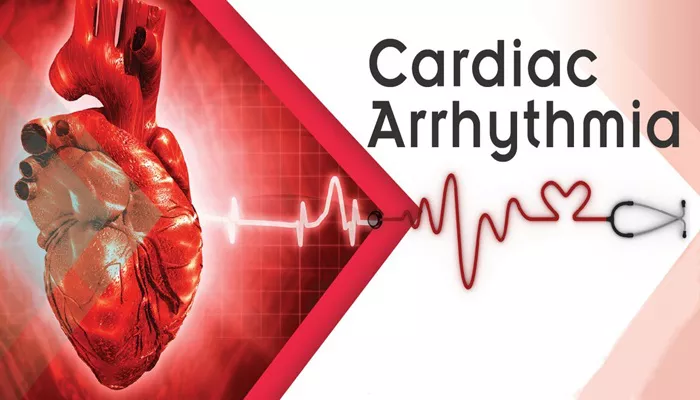Arrhythmia, marked by irregular heartbeats, results from disruptions in the heart’s electrical signals, leading to abnormally fast, slow, or uneven rhythms. Traditional treatments often involve medications or surgical procedures like the implantation of pacemakers or the use of defibrillators. However, in remote or conflict areas where access to such devices is limited, these interventions can be difficult to administer.
A recent breakthrough in animal research has introduced a novel solution: an injectable nanoparticle-based cardiac stimulator that could correct arrhythmias during emergencies. This innovative approach, detailed in Nature Communications, involves a temporary, self-assembling device that disintegrates naturally after use, providing a non-invasive alternative to conventional methods.
The nanoparticles used in this research are extremely small, allowing them to be delivered via an ultra-thin needle. A team led by scientists at Lund University in Sweden demonstrated that these nanoparticles form a conductive polymer structure around the heart when injected. This structure integrates with the heart tissue, enabling it to monitor heart activity through electrocardiogram (ECG) readings, regulate the heartbeat, and correct arrhythmic events.
The intimate connection between the polymer and the heart tissue ensures that the stimulator operates with minimal power, which can be supplied by portable devices, including a mobile phone. By connecting a cable from the phone to the injection site near the heart, the phone can power the electrode, making it highly accessible in emergency situations.
Looking ahead, the research team aims to develop a mobile application that would allow users to control arrhythmia until professional medical help arrives. Initial tests on small animal models like zebrafish and chicken embryos have shown promising results, adhering to the 3R principle to minimize the use of mammals in research. The success of these early tests has set the stage for future experiments on larger animals, such as pigs, with the ultimate goal of human application.
“We’ve developed an injectable heart stimulator for emergency situations,” explained Roger Olsson, Professor of Chemical Biology and Therapeutics at Lund University and Professor of Medicinal Chemistry at the University of Gothenburg. “This method is minimally invasive, and the heart stimulator naturally degrades and is excreted from the body after treatment, eliminating the need for surgical removal,” added Martin Hjort, Associate Researcher in Chemical Biology and Therapeutics at Lund University.
This groundbreaking development offers a new lifeline for patients in critical conditions, potentially revolutionizing how arrhythmias are treated in emergency and resource-limited settings.

